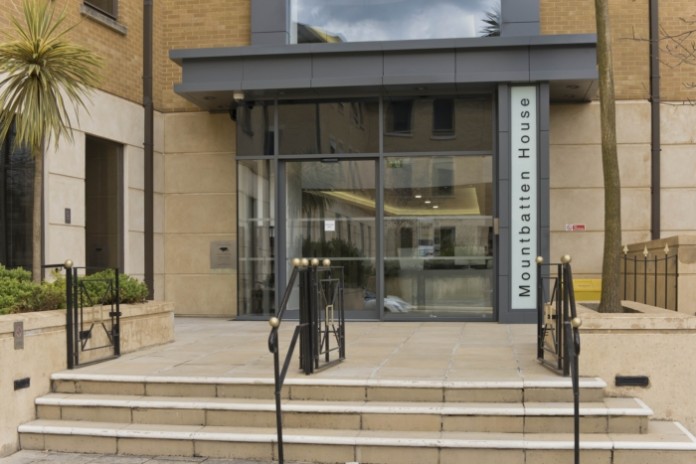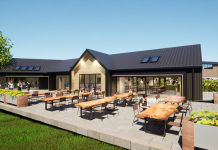CBRE’s bi-annual office research shows that total take-up in Southampton for the first half 2017 was 53,086 sq ft. Deal flow has been relatively steady, with several individual lettings of over 10,000 sq ft, the largest of which was at the newly rebranded Hampshire House, Chandler’s Ford. In two separate transactions, telecoms company Daisy Group and utilities supplier Utilita each took 10,500 sq ft at £19.75psf.
Prime rents have now pushed higher to in excess of £20.00psf with secondary rents rising and a marked reduction in availability in this sector of the market.
Commenting on the latest research, CBRE Regional Managing Director James Brounger said:
“Despite political and economic uncertainty this year, the Southampton office market performed well. We now expect prime rents to consolidate at in the early £20s psf for refurbished space.
“Demand from professional services companies was particularly strong in the early part of the year and with some larger deals currently being negotiated, we expect to see a strong second half to 2017.”
Meanwhile in the city centre, activity has been centred on Mountbatten House and the White Building, where space has been acquired exclusively by professional and business service firms, including Manpower and Foot Anstey. There are currently a few large floorplate requirements in the market, but this year has been characterised by occupiers taking much longer to reach decisions and the continuing trend to more flexible fit-outs is reducing the overall floor plate requirement.
Supply
Ready to occupy space continues to dwindle in the city centre, although there are some Grade A buildings scheduled to come back to the market in the coming months. In many instances these have been triggered by consolidation of existing occupation by companies such as Grant Thornton on Dorset Street, Old Mutual at Skandia Point and Ordnance Survey at Adanac Park. The pace of the fall has slowed, with supply down by just 1% since the end of 2016 resulting in a flip in the supply base.
At the end of 2016, nearly 70% of available space was secondhand; by mid-year 2017 that share has fallen to 40%, with Grade A space now accounting for 60% of the market. Nevertheless, there remains a lack of supply in some key locations within the city, where demand has proven to be stronger in the recent past. This includes Eastleigh and Chandler’s Ford, and reflects the continued lack of speculative development along the South Coast.
Investment
There was just one significant office deal in Southampton which saw RO Group purchasing West Park House for £4m, representing a yield of 7.62% on a relatively small office building (17,550 sq ft) which is let in full to Paris Smith. Buyers looking for value continue to find it in the region, particularly when compared with the office market in the M25 area, closer to London. However, the lack of stock still prevents investors from gaining a firm foothold in the local market.
Across the South Central region, demand levels from investors have remained fairly stable. There has been growing interest from councils over the last year, with a number of local authorities being some of the most active investors nationally. Demand from local authorities is expected to continue, particularly for lot sizes between £5m and £10m.
Industrials are also being actively targeted, given the higher short term returns that this sector is now offering. Meanwhile property companies continue to look for opportunities where the office to residential permitted development right can be put to use.
Given the lack of immediate pressure on the market, from any particular source, yields should remain stable for the time being. Investments with shorter income streams and anything other than prime features need to be priced at the right level, otherwise investors are likely to be more challenging given the current levels of political and economic uncertainty


















